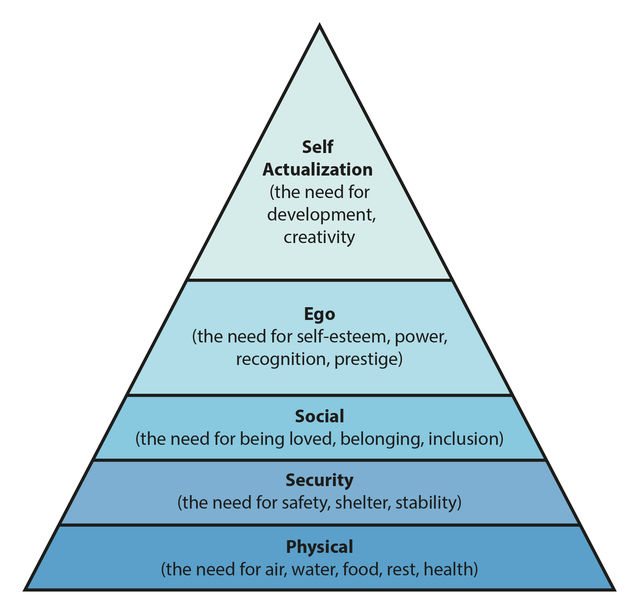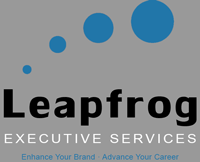Comparitives, Superlatives, and Your HR Executive Hire
Category : 2020
Hiring is like driving. The meaning of “better than” or “compared to” depends on context.
Surveys say ninety percent of drivers in the U.S. think they drive “better than” most people. But statistics tell us of the six million auto accidents occurring in the U.S. annually, one third are due to reckless driving. Another third are the result of speeding.
In the consumer product space, the grading scale of good, better, and best is designed to represent the difference between a good, solid product that has strong appeal and something comparatively better, or a best product with superior characteristics. Good is a step down from better and best outshines both good and better in performance and quality.
The good, better, best conundrum can easily cloud the search for a talented human resources leader. Business executives launch a search for a capable HR leader intending to identify, recruit, and engage a strong contributor that is “better than” whoever was in the role previously, while avoiding the adjustment in expectations or compensation that might be required to get “the best” performer. The company pursues an individual that will show up, do a good job, and support the business as well as individuals the candidate might be “compared to” in similar companies or industries.
As companies across all sectors chart their paths through a challenging and unpredictable economic environment, “better than” will get the job done, maybe even do the job well. But organizations that want to propel themselves beyond sustainability to profitable growth must hire leaders that are more than comparatively better. The catalysts, innovators, and models of stable leadership needed in senior HR roles will come from the circle of those who are superlatively better than their peers.
Three cognitive dynamics can complicate efforts to find a superior candidate.
Noise
In the early 1950’s, radar researchers developed the concept of Signal Detection Theory to distinguish information-bearing patterns (stimulus) from random patterns that distract from the information (noise). Cognitive scientists quickly recognized the significance of SDT. Decisions are often made within a cloud of uncertainty (noise) and a criteria-driven decision process is needed to help a decision maker isolate the decision signal (a candidate’s qualifications) from the background noise. Undeclared agendas among an executive team, the good or bad results of an incumbent, and the fear of making a wrong choice create a cacophony of noise that can complicate making a critical hire.
False Equivalence
Good, better, and best take on new dimensions of complexity when blended with the logical fallacy (bias) of false equivalence. When people believe two candidates are comparable because they share some similar characteristics, even while noticeable differences exist between them, false equivalence has crept into the hiring process. Much like categorical thinking ignores existing differences or finds similarities when they don’t exist, false equivalence exaggerates the degree or importance of similarities, making average candidates appear “as good” or even “better than” one another based on levels of performance that appear to be conceptually similar, but result in widely differing impacts on performance and profitability.
Focalism
A third force that makes comparative hiring difficult is our tendency to rely too heavily on information encountered early in a decision process (the anchor), allowing that information to cloud subsequent judgments and evaluations. Rather than considering each candidate individually against defined criteria, focalism encourages hiring teams to compare candidates to those met early in the interview process, making a candidate, not criteria the basis for comparison. Whether the anchor is the previous person in the role or someone met early in the interview process, a candidate that aligns with the anchor is given more consideration than a candidate that is less like the anchor but might meet the original criteria more completely. When focalized anchoring sets in, if a candidate is considered “better than” the person creating the anchor, hiring executives mistakenly tell themselves that are making a “superior” hire that is really only superior to the anchor, not a superior example of who and what is needed in the role. Companies pursuing sustainable success in whatever environment is ahead can’t afford to allow focalism to cloud the search for a superior HR leader.
A 2016 Harvard Business Review article that remains relevant noted that, “ People are biased, emotional, and inconsistent when interviewing and as a result, decades of industrial psychology research has found, the validity or predictive power of a typical unstructured job interview is around 20%, meaning that only one in five interviews increases the baseline odds that a hired candidate will be successful.” The article provides a scorecard to help executive teams improve their odds at finding a superior candidate https://hbr.org/2016/02/a-scorecard-for-making-better-hiring-decisions. Objectivity needs to be the driving force in all hiring decisions. As a leading boutique executive search firm, Leapfrog Executive Search eliminates the good, better, and best confusion, by ensuring your search for superior HR talent is guided by defined criteria, a proven process, and repeated success. Call us today to explore how we can help you find the person you need to help lead your company to growth and profitability in the months ahead.
 Do you remember early in 2020 when strategic discussions about your workforce focused on providing development opportunities for Millennials, creating meaningful recognition programs, and designing career paths that would retain top performers?
Do you remember early in 2020 when strategic discussions about your workforce focused on providing development opportunities for Millennials, creating meaningful recognition programs, and designing career paths that would retain top performers?